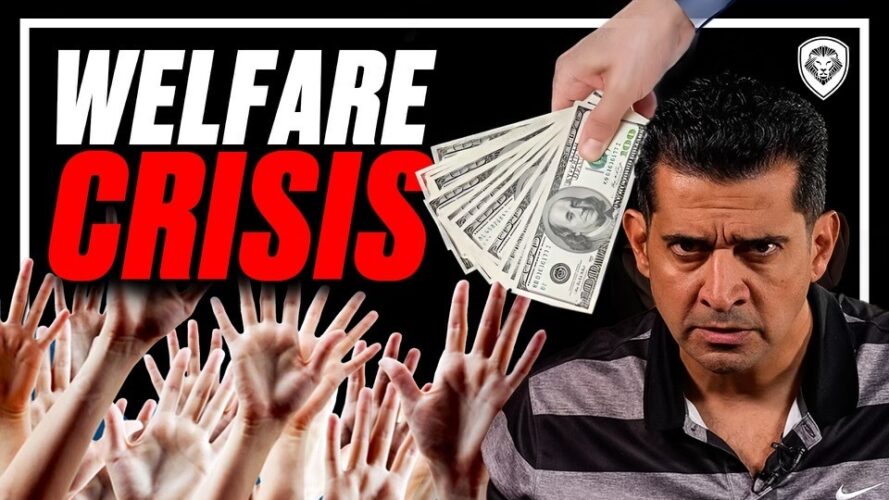PBD reveals the history behind the welfare system and its creation 90 years ago, discussing how it has now spiraled out of control — placing a significant burden on the American economy and taxpayers.
Did you know that 20% of the United States Federal Budget ($1.19 trillion) goes to welfare programs annually? That’s equal to $9,000 per American household. This money is given to an estimated 59 million Americans who lack sufficient funds to support themselves.
It gets worse, the 2023 Biden Budget proposes more than $2.6 trillion in new entitlement program spending which projects $12.7 trillion in spending over the FY 2024-2033 budget window.
How did we get here?
The New Deal
Prior to the Great Depression (1929), Americans took pride in self-sufficiency. Many believed that those who couldn’t take care of themselves were to blame for their own misfortunes. However, the economy failed to rebound for several years after 1929 and unemployment remained high.
In 1935, President Franklin D. Roosevelt stated, “the time has come for action by the national government” to provide “security against the major hazards and uncertainties of life.” A few months later, the Social Security Act established a national welfare system. The assumption among Roosevelt and members of Congress was that this would be a temporary measure to get people back on their feet.
The War On Poverty
In 1964, the Economic Opportunity Act passed under President Lyndon B. Johnson. This bill created Medicare, Medicaid, expanded housing subsidies, urban development programs, employment and training programs, food stamps, Social Security and welfare benefits. Additionally, the programs more than tripled real federal expenditures on health, education, and welfare, which grew to over 15 percent of the federal budget by 1970.
Data shows that there are a few major problems with this welfare system. The first problem is that it incentivizes women to have children out of wedlock. The second problem is that welfare spending only made the poverty rate go down for the first few years, but after that the poverty rate remained the same while welfare payments increase exponentially.
Watch PBD’s video this week to learn more!




















Add comment